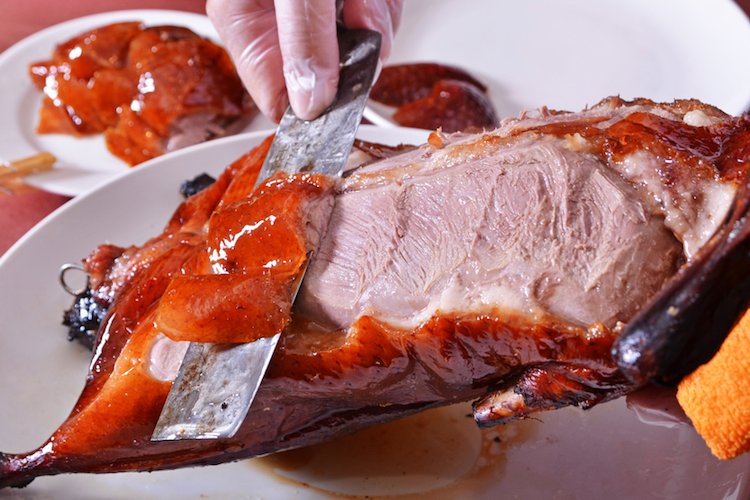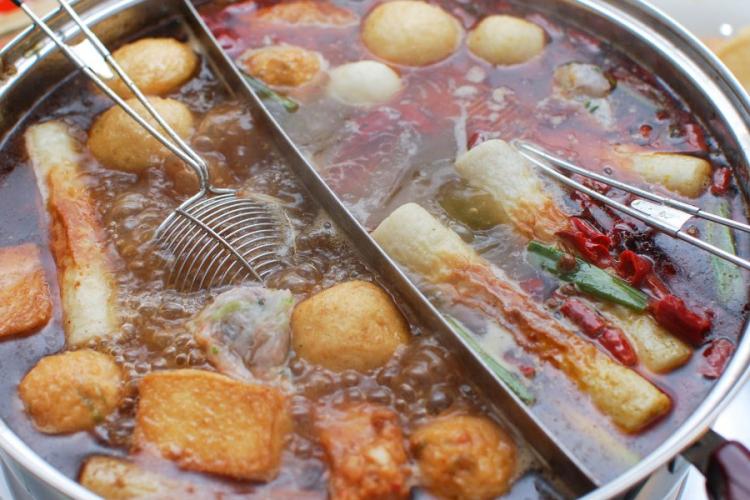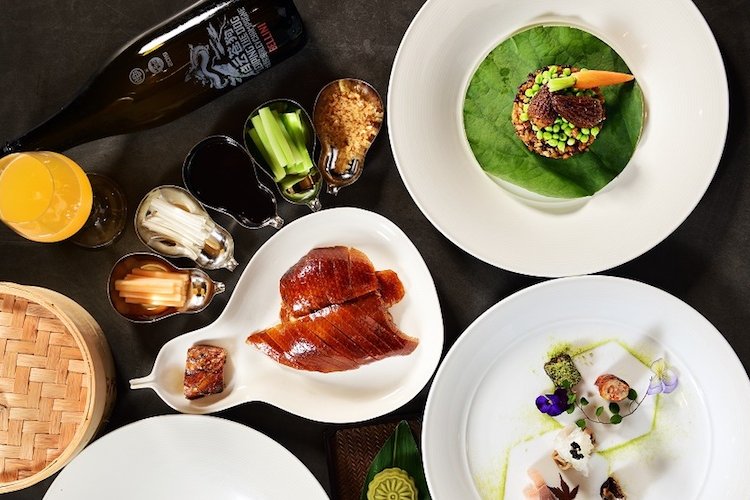Cantonese Dragon: Chef Allan Tse of Dragon Palace, Kempinski Hotel
For the past 40 years, Chef Allan Tse has been bringing traditional Cantonese cuisine to mouths around Asia, before finally settling down in Beijing two years ago. He recently joined the Dragon Palace at the Kempinski Hotel as their Executive Chef, and continues to impress diners with both his flavors and with his fun and outgoing personality. During a recent meeting, Chef Allan laid down his chopsticks and talked to Agenda about the essence of Cantonese food, and how sometimes a bad economy can lead to greater things.
Hong Kong is all about street food. What made you decide to work in restaurants?
It is true that Hong Kong has a lot of street food, but most of it isn’t street food featuring Cantonese cuisine. People in Hong Kong love their native cuisine. It is the most popular thing there. That being said, this is not the main reason that I decided to work in Cantonese restaurants. Actually I had no other choice. Back in the 1970’s when I was joining the job market it was quite hard to find a job. After half a year, I was only entitled to do basic jobs such as cutting, steaming and preparing very simple dishes. I had to work two years before I earned the title of junior cook.
I started cooking in 1972 in a very famous Cantonese restaurant, Sun Tung Lok, which actually got three Michelin stars in 2011. At that time, I was recommended by the assistant to the Executive Chef, and began my internship.
What’s the best thing you have ever eaten? The answer to this question falls into two categories. On the one hand, there are the “extreme” examples. These include the top quality shark’s fin, which is called Tian Jiu. It is as expensive as gold. In Indonesia, there is a kind of birds nest fetched from caverns more than 50 meters up in the air. These things are interesting, but they are only something rare, and not something that I enjoy personally. One of my favorite dishes to recommend is my recipe for home style tofu with meat stuffing. It’s very tender. Another dish I always remember is the “golden fragrant prawns” I found in Indonesia. The prawns are stir-fried with ingredients including butter, milk and curry leaves.
In your past positions you have worked in Korea and Bangkok, and everywhere in between. How do you make each place feel like home?
Actually, I never felt totally at home in any place except Indonesia. Home means that you can find familiar food, familiar people, and enjoy yourself in a comfortable living environment. I really enjoy living in China. In the past two years, it has really grown on me, especially Beijing. I think I am going to end up settling down here. It will be my home.
How would you say Beijing compares to other cities, both in atmosphere and cuisine?
Beijing is the capital of a big country, and you can find a great breadth of ingredients here. There are also endless amounts of good restaurants that continue to give me inspiration. Not only that, but it is safe and comfortable, and it is culturally diverse. You can communicate with people from different countries here on any given day, and you can feel free to enjoy your personal life. Also, I have a lot of friends in the culinary circle here, and this is something that makes me feel very at home and happy.
What makes Cantonese food so special in your opinion?
The one thing that sets Cantonese food apart is the freshness of its ingredients, both in quality and presentation. Cantonese food is never greasy, it’s never oily, and it’s never heavy. The other thing that’s really special about the Cantonese cuisine is that it is always changing to meet the changing needs of the customer. It’s very flexible, and never stereotyped. As a chef, I know that there is always space to make improvements on these recipes.
What is the key to running a successful Cantonese restaurant?
There isn’t just one key, but many. I’d say there are six. One of the most important things is having a qualified and well-trained staff to serve the guests, and another is to have experienced chefs to create the dishes. Other keys are having a comfortable, up-to-date and well-designed interior that guests feel at home in, having extremely fresh ingredients, and working closely with other departments. Having a close relationship with the food and beverage department, marketing, and finance, as well as having support from management, is crucial.
Can you teach us a simple recipe to make at home?
Of course! An easy and delicious recipe anyone can make at home is wok-friend shrimp with bell peppers. In order to prepare it, you’ll need around 30 shrimp, one egg white, 100 grams of bell peppers cut into diamonds (about one bell pepper), sliced dry leek, minced garlic and green leek. You start by mixing the shrimp in a bowl with the egg white, a pinch of salt and some starch, and letting it sit for about ten minutes. Once you’ve done that you blanch the shrimp in boiling water and set them aside. Add some oil to a wok and sauté the leek, the minced garlic and the bell pepper until the bell pepper is well cooked. You then add the shrimp and sauté it until you can really smell the aroma of the shrimp. Be careful not to overcook it as it can become tough. Once the shrimp is fragrant you add a splash of yellow wine and a pinch of sugar, and cook it for another 30 seconds until the sauce has thickened. The whole process takes less than 20 minutes, and the result is delicious.
What are your favorite places to hang out in Beijing?
I have done a lot of market research on Beijing restaurants, and I honestly think there are too many restaurants in town to make a recommendation. You could find foods in every flavor and color around town, and many of them are unique and individual. One area I really like it Houhai, because it’s always a fabulous place to drink with friends and to hang out with family.
Dragon Palace Kempinski Hotel Beijing Lufthansa Center. Daily 11.30am-2pm, 5.30-10pm. 50 Liangmaqiao Lu, Chaoyang District (6465 3388 ext 4108) 朝阳区亮马桥路50号凯宾斯基饭店







